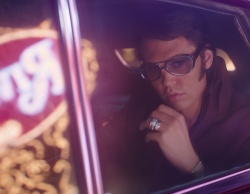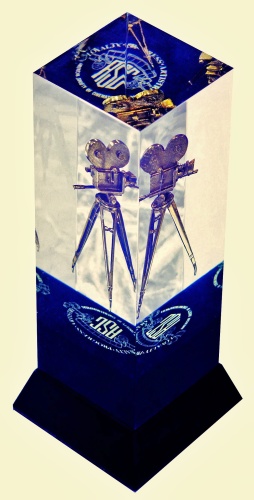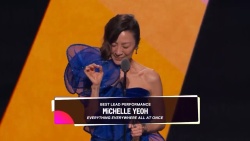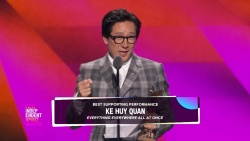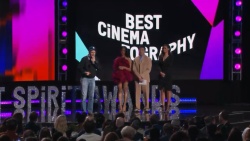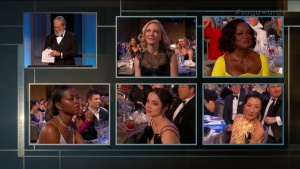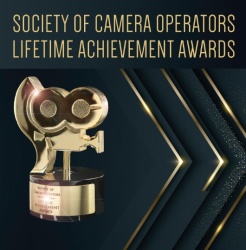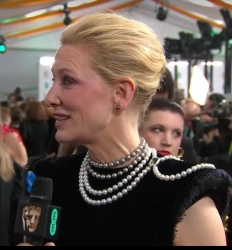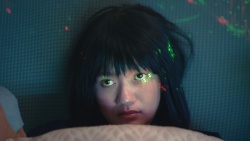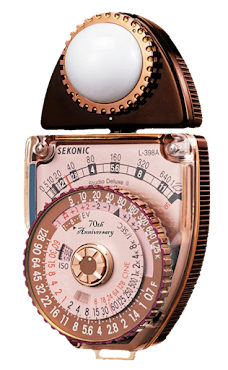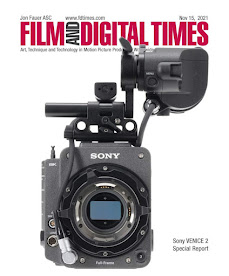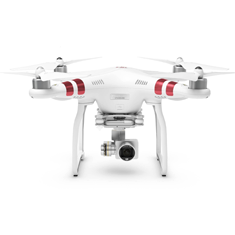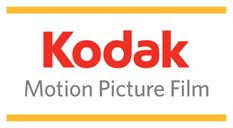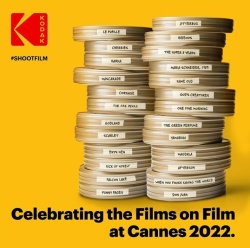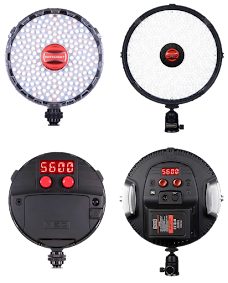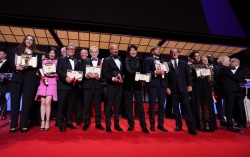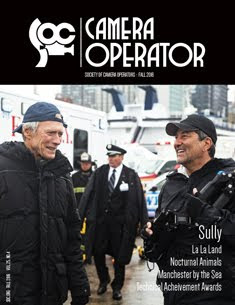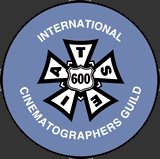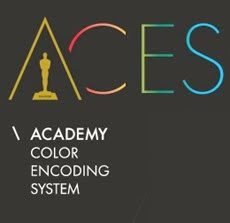RED Announces the First of the DSMC3 Line: The V-RAPTOR 8K Cinema Camera.
The new RED V-RAPTOR 8K VV cinema camera with a new 8K VV sensor that moves the RED family of cameras into a new, advanced DSMC3 line.
This multi-format design allows you to utilize non-full-frame lenses in S35 mode, and the camera has built-in features to make internal adjustments to accommodate a wide range of lenses.
The camera will be released initially in a V-RAPTOR 8K ST model in a limited edition white finish, and it will be released in a black finish at a later time. The camera fits easily into your production as an A/B camera in film production, for owner operators, or for content creators because of its versatility.
The new 35.4 MP V-RAPTOR VV CMOS sensor features phase-detection autofocus, a massive 17 stops of dynamic range, and high-speed frame rates over the GEMINI for even better low-light performance. The 40.96 x 21.60 CMOS sensor offers 8192 x 4320 resolution, 16-bit raw capture, reduced CMOS smear, and a new, fixed OLPF stack. Its high frame rate capability also allows for reduced rolling shutter artifacts with an extremely fast sensor read speed.
The V-RAPTOR can capture up to 8K 17:9 aspect at 120 fps, 4K up to 240 fps, and 2K in 2:40:1 aspect at up to a whopping 600 fps.
The camera comes with a rugged, locking RF mount, which is similar to the mount on the KOMODO, allowing you to utilize fast RF lenses. It is also compatible with third-party lens mount adapters from KipperTie, Wooden Camera, or Canon, so you can use PL and EF-mount lenses with electronic control support. The camera records to a CFexpress 2.0 Type B card, which can record raw R3D and ProRes files to up to 800 MB/s.
There are three main recording modes, including REDCODE HQ with up to 360 MB/s at high frame rates for high-end VFX usage, MQ for standard cinematic shooting up to 300 MB/s, and LQ mode that shoots up to 180 MB/s for standard web streaming applications and long takes.
Creative Solutions
One of the handy new features of the V-RAPTOR is the dedicated user display on the side of the camera with an intuitive interface designed for camera assistants who need to adjust settings such as LUTs, controls, presets, formats, and general configuration (not for video preview). It features user pages to save custom presets, and there are quick buttons beside the display so it’s easy to use in the dark. The camera also features improved heat management with two intake ports on the bottom, a top vent, and a super-quiet 60mm fan that utilizes a thermoelectric heat exchanger that helps you change environments quickly without the need to recalibrate blackshade.
Small HD Monitor
The V-RAPTOR has multiple built-in interfaces, including two 12G-SDI outputs, a 9-pin EXT port for a breakout box, a USB Type-C port, a top Pogo pin for monitor, and a 4-pin power input. A 5-pin ODU output on the side can be broken out to an XLR input adapter or with a third-party 3.5mm adapter cable for audio input. The camera is powered using either the included power adapter or its built-in V-mount battery plate that accepts Micro V-mount batteries, such as the REDVOLT MICRO-V battery.
The camera also features wireless connectivity that provides live 1080p streaming, updated from 720p on the KOMODO, and it also allows wireless configuration from the RED smartphone app.
Multiple camera interfaces enable a wide range of accessories that are only compatible with the DSMC3 line (the RED Outrigger Handle is the only exception). RED partnered with SmallHD to create the DSMC3 RED TOUCH 7" LCD screen, which will utilize the Pogo interface and allow camera control functions using custom monitor software.
The V-RAPTOR Wing Grips are custom-designed for the V-RAPTOR, as is the high-speed RED/Angelbird 660GB CFexpress 2.0 Type-B card. The partnership between RED and Creative Solutions will be releasing a start/stop top handle, extension handle, baseplate, breakout box with genlock/TC/Control/run/stop, tactical top plate, production plate, quick-release platform, production grips, and a DSMC3 5-pin ODU connector to add 3-pin XLR inputs. CoreSWX and RED also teamed up to create the REDVOLT MICRO-V 98Wh V-mount battery pack, in a compact form factor that provides 12A output for the V-RAPTOR.
Special Edition Starter Kit
RED will also be releasing a Special Edition Starter Kit, which will include the white V-RAPTOR ST Camera, an AC power adapter, two REDVOLT MICRO-V batteries, a dual V-mount charger, a 660GB CFexpress 2.0 card, a CFexpress card reader, a 3' EXT to timecode cable, the RED TOUCH 7" LCD, and two V-RAPTOR wing grips.






























